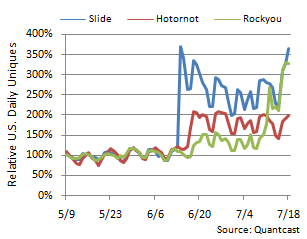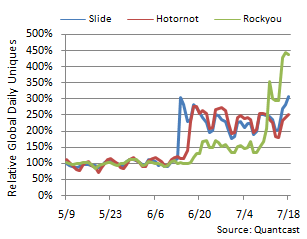Google has made embedding maps into blogs and websites easier for those without all-singing all-dancing knowledge of flash and the like. The function works in similar ways to embedding YouTube videos – the service gives you a bit of code that you can slap quickly into a report. Should make breaking news reporting online even more captivating.
This is the J.co.uk office on a Google Map:
View Larger Map
Obviously I spoke too soon, while I can link to the map I can’t embed – looks like Word Press might have the same problems with embedded maps as it has with YouTube coding – I’ll look into it and repost.
Here’s a link to the announcement
Bookmaker rating en.bet-rate.top best bookmakers
 website-or-offline-more-trustworthy
website-or-offline-more-trustworthy
 Facebook, Facebook, Facebook, it’s all I ever hear. But could
Facebook, Facebook, Facebook, it’s all I ever hear. But could 
